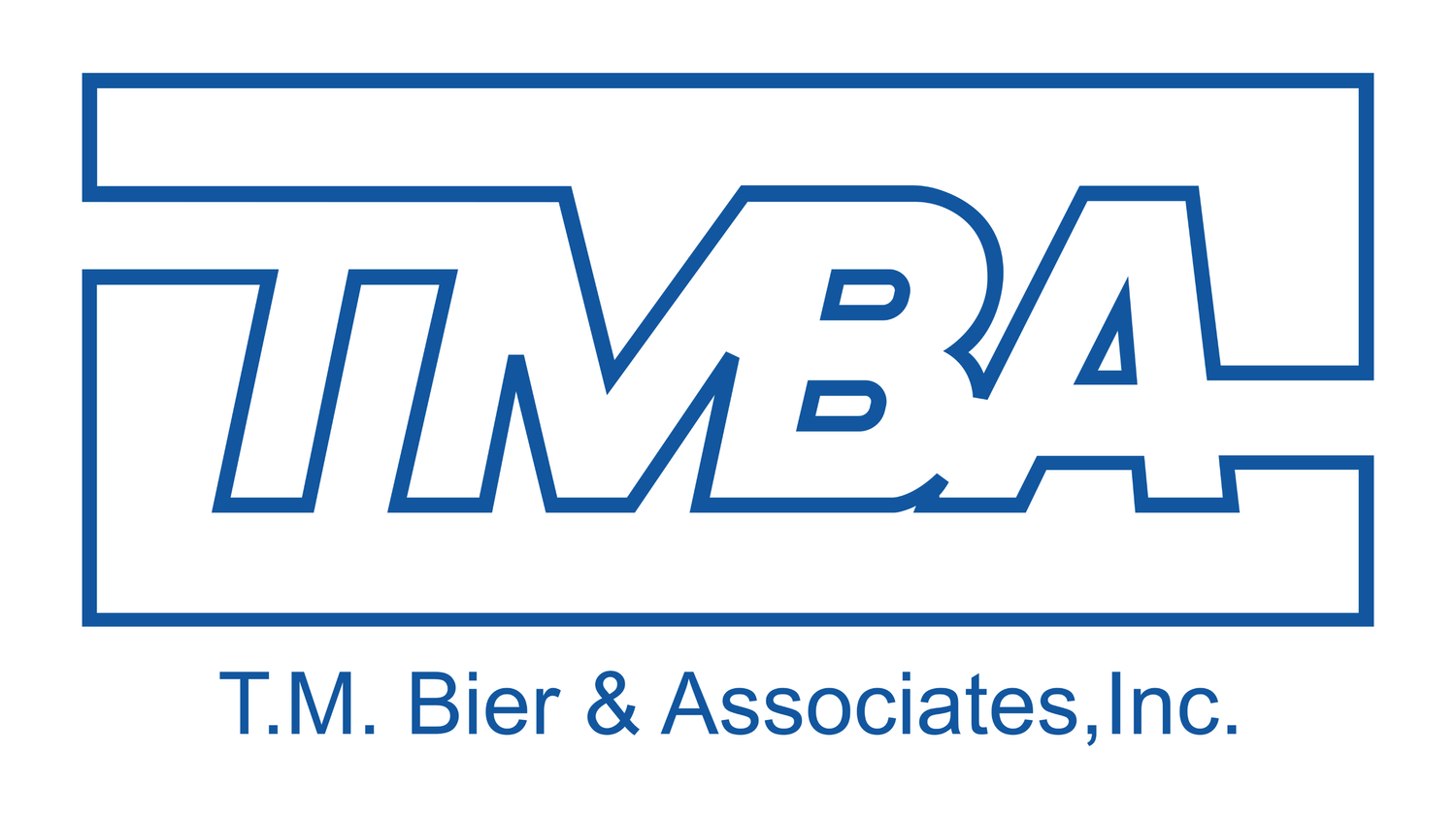Breathe New Life into Your Buildings: The In-depth Guide to BMS Retrofitting
As the lifeline of modern infrastructures, Building Management Systems (BMS) are essential for orchestrating the diverse, often complex, operations within buildings. They enable functionality, efficiency, and comfort, serving as the central nervous system of any edifice. However, like all systems, a BMS is not impervious to time and technological advancements. As they age, these systems can become less efficient, unable to meet contemporary standards or leverage new technologies. This is where BMS retrofitting steps in - a transformative process aimed at upgrading the existing BMS, boosting its efficiency and functionality to align with modern-day needs. In this comprehensive guide, we will delve deep into the world of BMS retrofitting, exploring its definition, the detailed process, the orchestrators behind it, and the multitude of benefits it brings to the table.
Unraveling the Mystery of BMS Retrofitting
To lay the groundwork, it's vital first to understand what BMS retrofitting is. This process mirrors the transformation of a caterpillar into a butterfly - you're starting with an existing system (caterpillar) and transforming it (via retrofitting) into something far more powerful and efficient (butterfly). In a more technical lens, retrofitting is the process of upgrading your current BMS with innovative technology to supercharge its overall efficiency, functionality, and performance.
So why retrofit? Older BMSs are often riddled with inefficiencies, outdated technologies, and underperforming systems. They can lead to excessive energy consumption, compromised occupant comfort, and an increased carbon footprint. A BMS retrofit aims to address these issues by breathing new life into your building with current technology and best practices, much like renovating a vintage home to meet today's living standards.
Journeying Through the BMS Retrofit Process: A Step-by-Step Guide
A BMS retrofit isn't a one-size-fits-all scenario, nor is it a task undertaken on a whim. It's a meticulously planned and executed process that comprises several stages:
Assessment: The first step involves conducting an exhaustive audit of your existing BMS. This evaluation identifies weak links, performance gaps, and inefficiencies that require improvement. It also includes a deep understanding of the building's specific needs, user requirements, and sustainability goals.
Planning: Armed with the knowledge from the assessment, the retrofit solution is designed. This plan may involve integrating new technology with the existing system or, in more comprehensive cases, an entire system overhaul. It's a crucial stage, as it sets the roadmap for the retrofitting journey.
Implementation: At this stage, the rubber hits the road. The planned strategy is executed, including the installation of new hardware or software, fine-tuning of existing equipment, and the integration of systems. This is where your building starts to evolve.
Testing & Validation: Once implementation is complete, the system undergoes rigorous testing to verify that it performs as planned. This stage is crucial in ensuring that the retrofitted BMS achieves the set goals for energy efficiency, functionality, and reliability.
Training & Handover: The process doesn't end at installation. Your facility management team must understand the new systems inside and out. Thus, comprehensive training is provided on operating and maintaining the newly installed systems.
Ongoing Support: Like any high-performance machine, your BMS needs regular tune-ups and maintenance. After successful implementation, regular support and preventative maintenance are paramount for the longevity and optimal performance of your retrofitted BMS.
The Maestros of BMS Retrofitting: Meet Your Team
Retrofitting a BMS is a symphony that requires a skilled and synchronized orchestra. At TMBA, we've assembled a group of experienced engineers, meticulous project managers, and skilled technicians who understand the nuances of the BMS retrofitting process.
From the moment the initial building assessment begins to the ongoing support after the retrofit is complete, TMBA's team is there every step of the way. We don't just install state-of-the-art systems; we ensure your team knows how to get the best out of them, empowering you to leverage the power of your newly retrofitted BMS.
The Ripple Effect: Exploring the Benefits of BMS Retrofitting
Investing in a BMS retrofit is not just about modernizing your systems; it's about unlocking a plethora of benefits that make your building work smarter, not harder:
Energy Efficiency: Retrofitting can significantly reduce energy consumption, translating to substantial cost savings. By leveraging advanced control strategies, such as optimized start/stop, demand control, and predictive control based on weather forecasts, your building becomes a model of energy efficiency.
Operational Efficiency: A modern BMS can automate numerous building systems and functions, freeing your staff to focus on other critical tasks. Also, the streamlined and centralized control simplifies management and can reduce the time spent on maintenance.
Enhanced Comfort: A sophisticated BMS can better manage environmental factors such as temperature, humidity, and lighting, resulting in an improved occupant experience. Happy tenants lead to higher retention rates and potential rent premiums.
Maintenance and Support: Modern BMSs are easier to support and maintain, thanks to their user-friendly interfaces, remote access capabilities, and advanced diagnostic tools. This translates into reduced downtime, faster issue resolution, and increased reliability.
Sustainability: Retrofitting reduces your building's energy usage and, consequently, its carbon footprint. By aligning your building with green standards, you're not only contributing to a more sustainable future but also enhancing your corporate image.
BMS retrofitting is not merely an upgrade; it's a transformation that breathes new life into your building. It redefines how your building operates, from enhancing energy efficiency to improving tenant satisfaction. So, if you're contemplating a BMS retrofit, remember that we at TMBA are ready to guide you on this exciting journey towards sustainable and efficient building management. Don't hesitate to reach out to us about your BMS retrofit in NYC!

